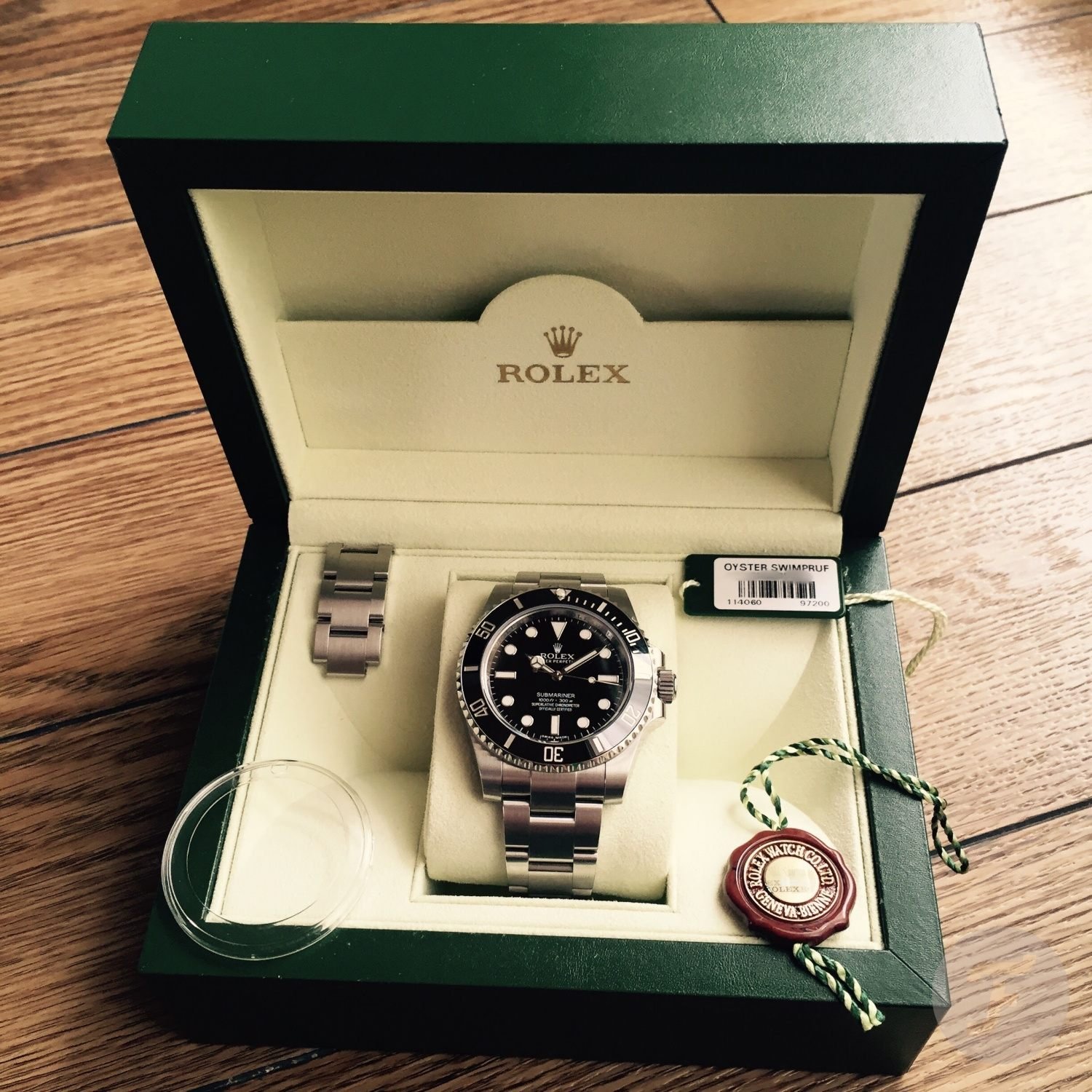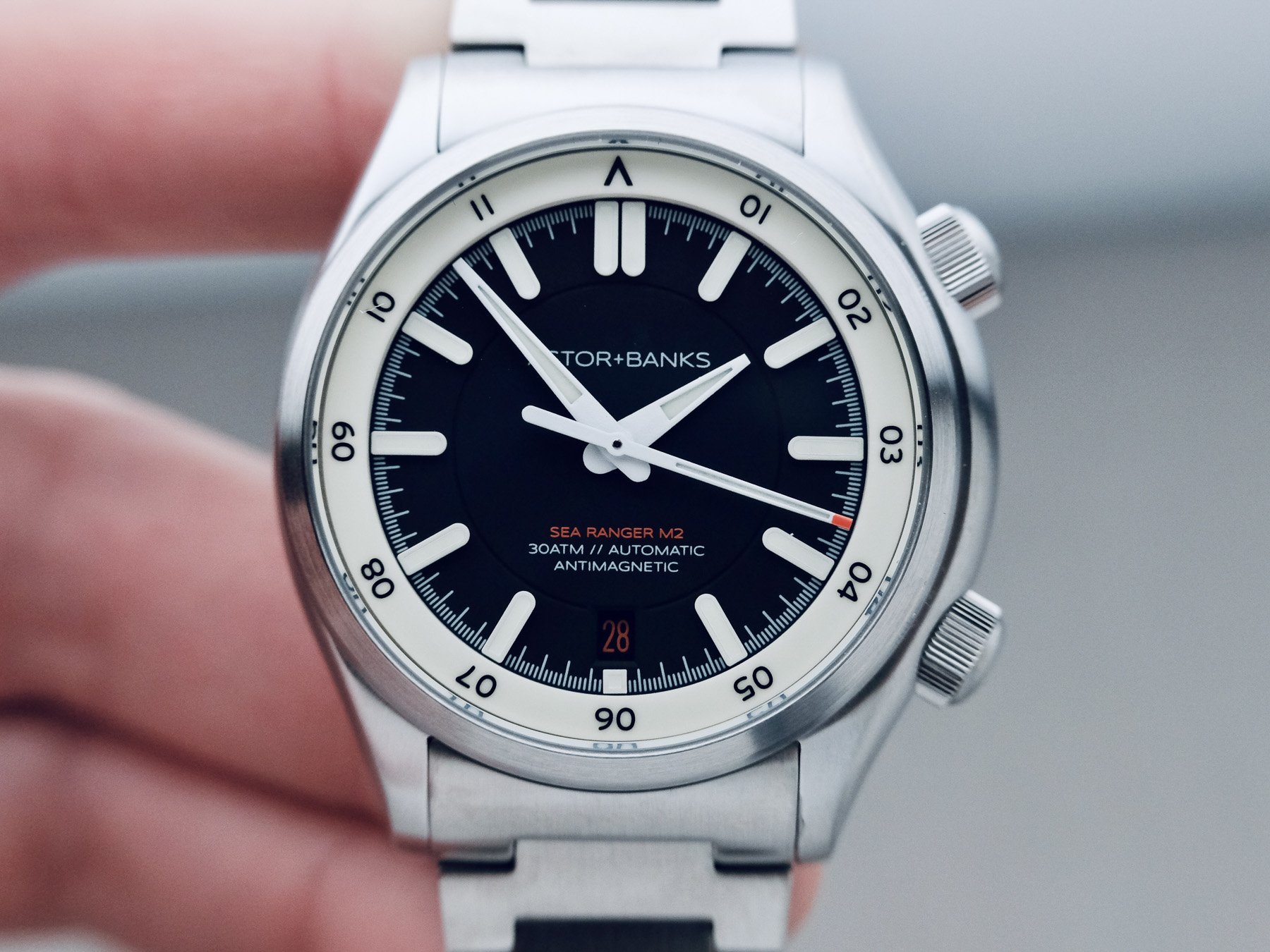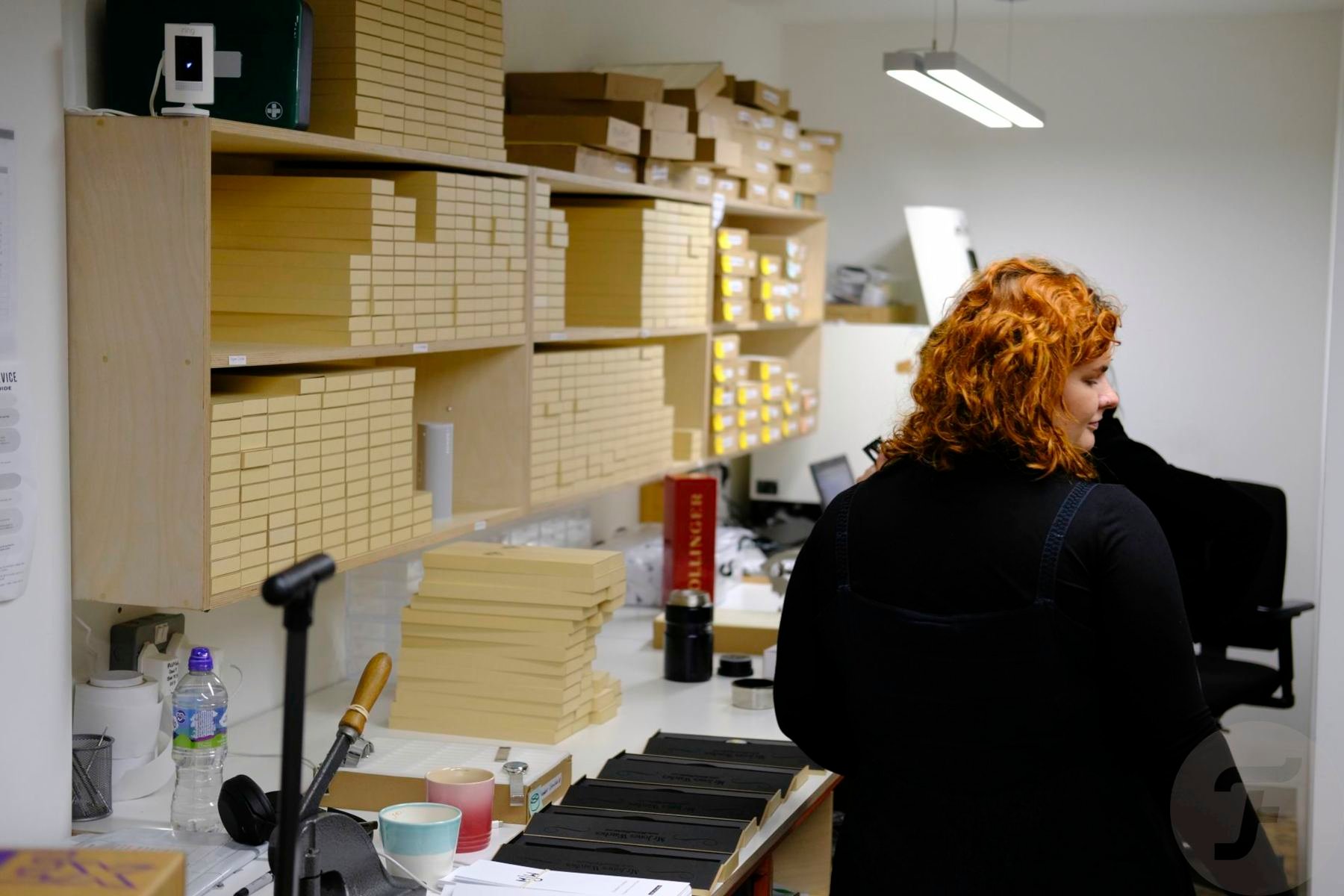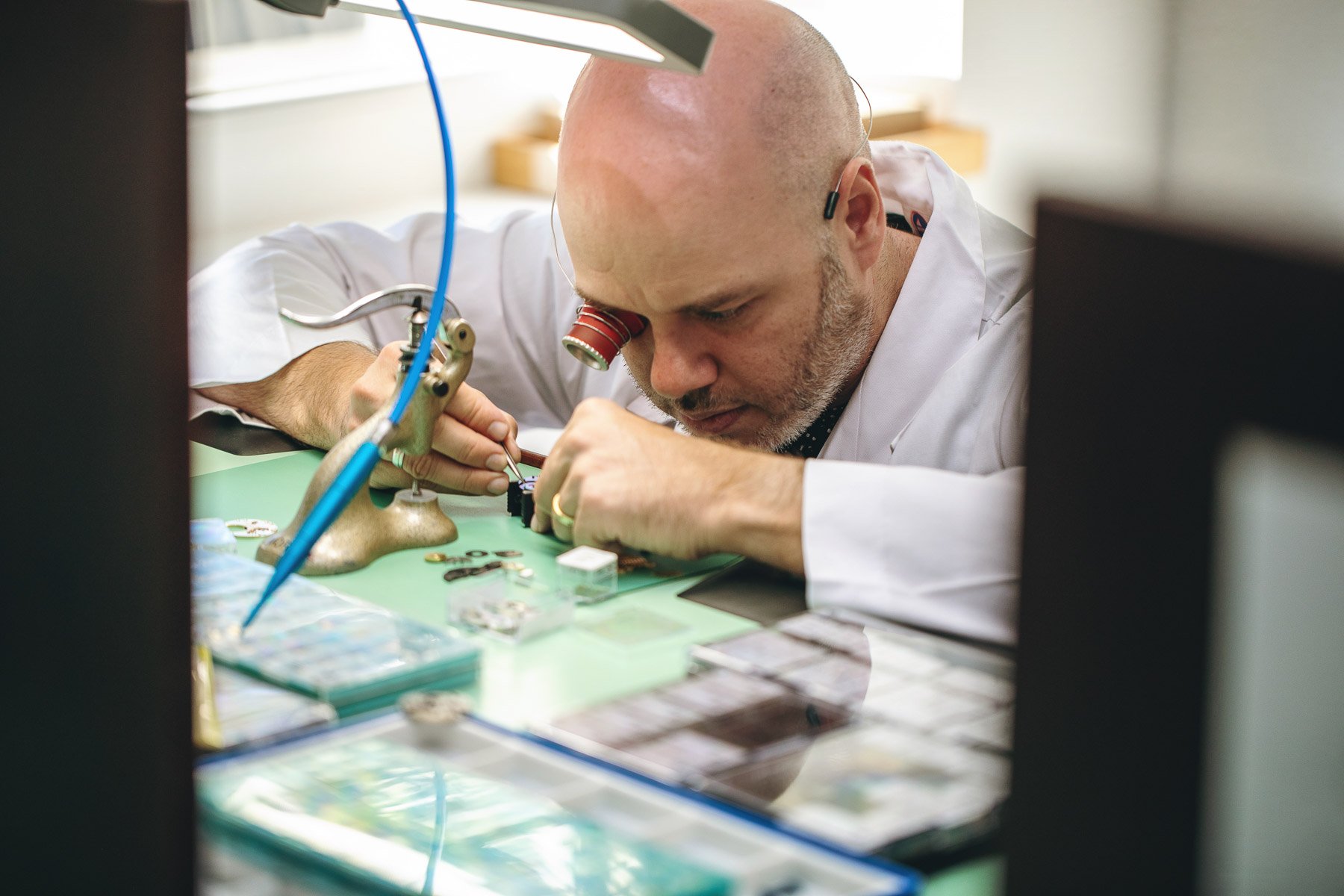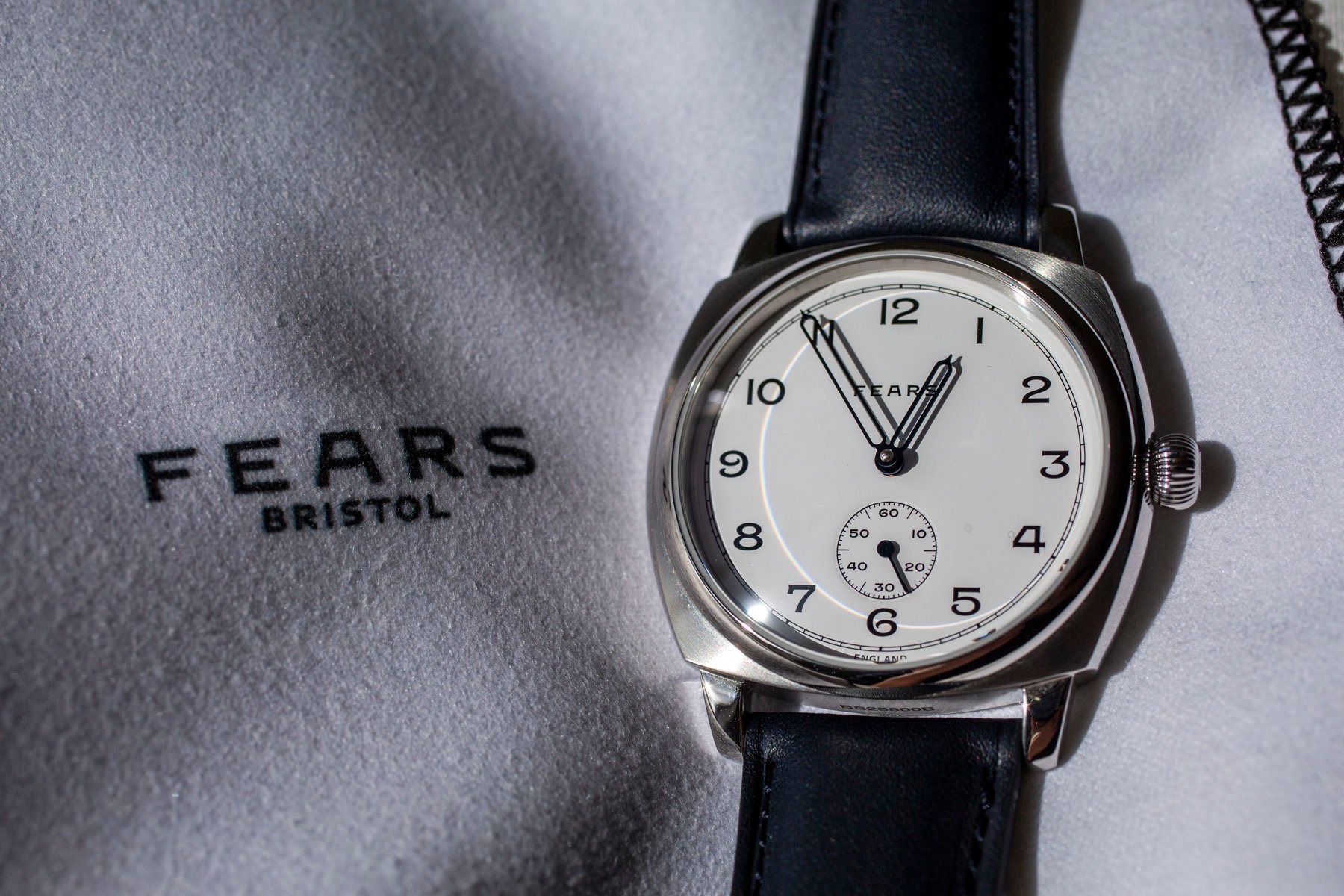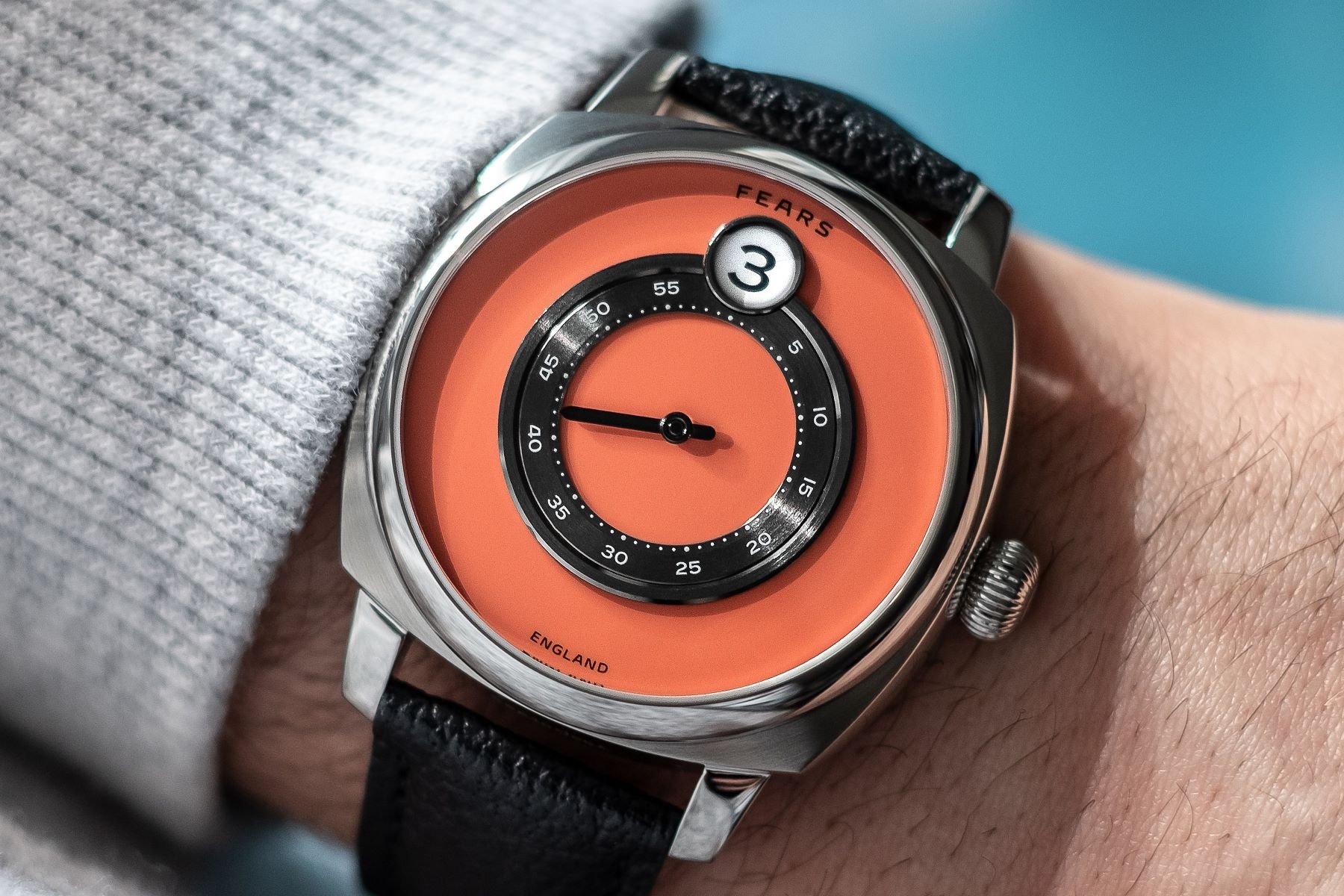Fratello’s Potential Downsides To Buying A Microbrand Watch
Last week, we published an article about how much fun it can be to buy a watch from a microbrand. We gave you a list of seven reasons, and many of you agreed. Unfortunately, though, things are rarely only fun and positive. There are, of course, also some drawbacks to buying yourself a microbrand watch. So, to restore the balance a bit, today, we’ll go into the potential downsides of putting your money into a watch from a microbrand. The main argument here is that a microbrand isn’t a well-known, established brand yet, and that certainly has its downsides.
But first things first — the word “microbrand” can be a bit confusing. As I did for last week’s article, I’d like to use Thomas’s simplified definition. Like him, I talk about small, often young watch brands. Most outsource their production. Microbrands that do more production themselves are often labeled “independents.” But those latter ones are not what we’re talking about today. All right, with that out of the way, let’s take a look at the potential downsides to buying a microbrand watch.
A microbrand doesn’t have the stature of a heritage brand
Indeed, when you purchase a microbrand watch, it represents a lot of value for the money you’re paying. However, at some point, the honeymoon period ends, or you see something else you like. In those cases, you may start looking around to see if anyone would like to buy the watch from you so you can use the money elsewhere. Well, with your pre-owned Rolex, the buyers might have lined up outside of your house. However, selling a microbrand watch might be a lot harder.
The actual microbrand name simply doesn’t represent the same value as the Rolex name — or that of any other heritage brand, for that matter. Also, fewer people know it, which significantly decreases the number of potential buyers. In addition, if people are interested, they probably know the interest in your watch is quite low. Therefore, prepare to negotiate because they’ll be looking for a nice bargain. In conclusion, your microbrand watch will likely represent a whole lot less value when you try to sell it. Especially if you bought it at list price, get ready to lose a significant amount of money.
After-sales services are still not fully in place
For many microbrand founders, the priority is to get their watches on the market as soon as possible. Many of these brands start out of passion, and there’s nothing wrong with that. But after the watch/brand have debuted, the real work starts. That’s when customers come back with quality issues, service requests, and claims of watches that got lost in the mail. Who’s going to solve all these issues when it’s just a brand founder running the show alone? He or she first needs to build a team and a reliable after-sales framework.
Most of the time, third parties have to solve these issues. The case manufacturer needs to solve issues with the cases, and the movement manufacturer needs to service and regulate the movements. Finally, the shipping partners need to find the parcels that got lost. However, a microbrand is a small company to these third parties and probably not their first priority. Therefore, get ready to wait until your issues get solved. In addition, what happens if the microbrand ceases to exist? What do you do with your watch then if it needs a service, a new crystal, or a new case?
Luckily, not every microbrand behaves like a microbrand
The above might paint you a quite nasty picture of how a microbrand behaves. However, the good news is that not every microbrand behaves like this. Take Fears, for example. Nicholas Bowman-Scargill refounded this brand in 2017. Although he doesn’t want people to call Fears a microbrand, it is still quite a young brand. But the way Nicholas structures and organizes his company makes it feel like a more grown-up organization than it actually is.
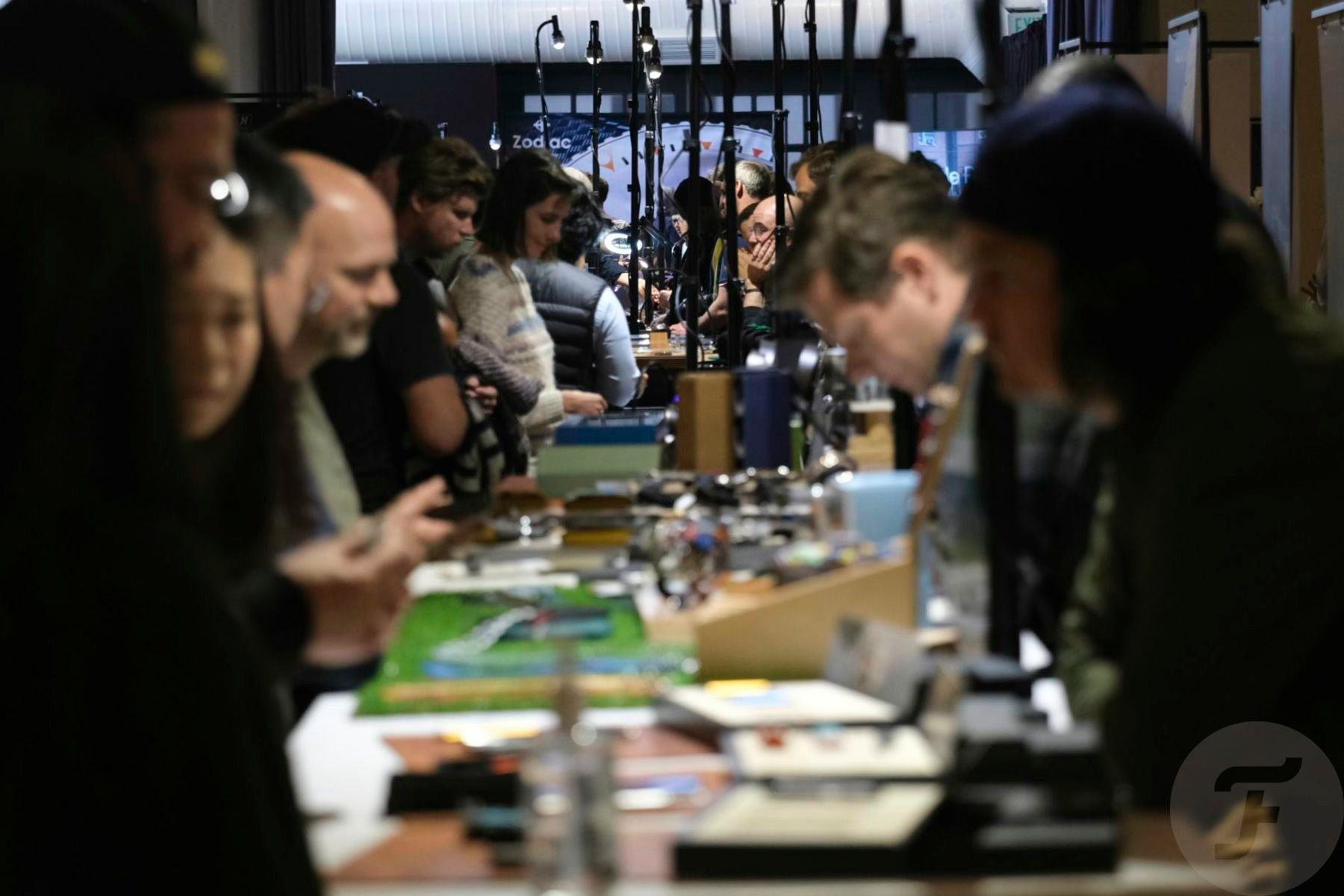
For example, whenever Fears presents a new reference, the folks there make sure there are enough spare parts. These include cases, crystals, and dials to ensure those watches can be serviced down the line. Also, before any watch leaves the assembly facilities, it goes through rigorous testing. This has significantly decreased quality issues. Nicholas even told me they send themselves watches through new delivery services to see in what state the packages will arrive to customers. Now that’s dedication.
So yes, there might indeed be some downsides to buying a watch from a microbrand. But if you spend a little more time to get to know the company better, you might be able to avoid disappointment.
Let me know in the comments below what your experience with microbrands has been like.
Header image: Hamtun was quite a successful microbrand, but it no longer exists.

